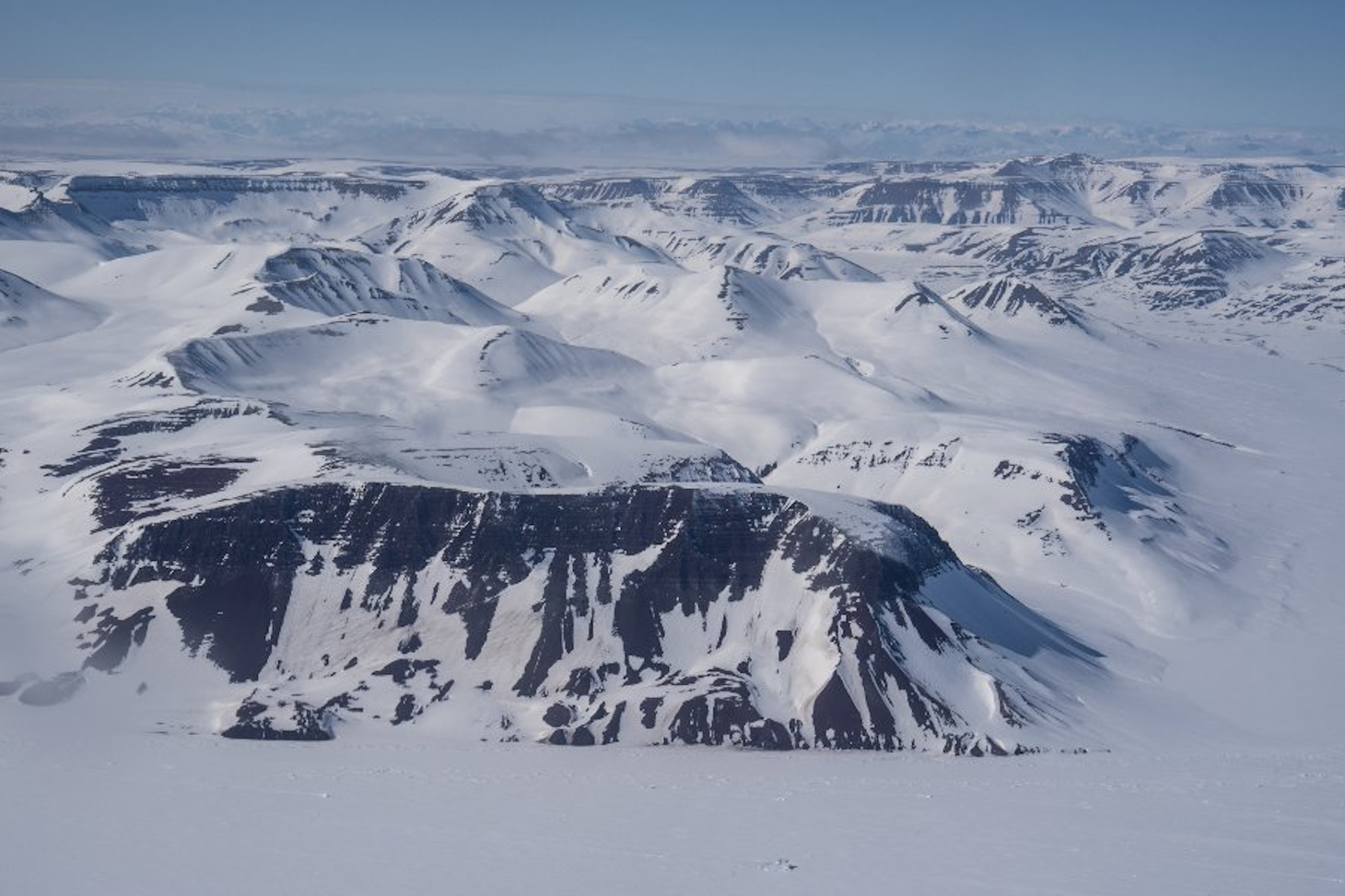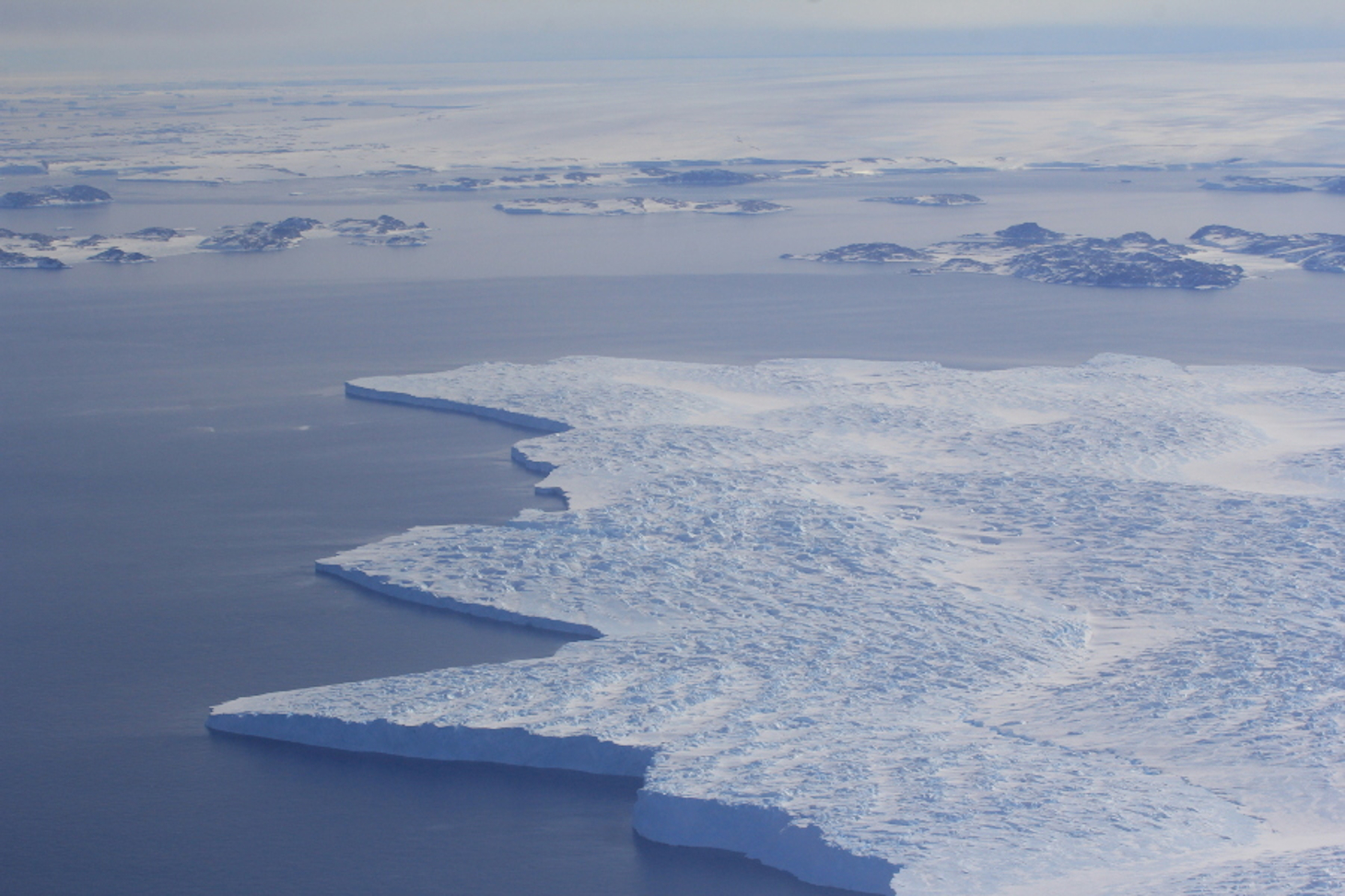Contacts
Institute of Environmental Geosciences
Nicolas Jourdain, CNRS researcher (oceanographer and climatologist/Antarctic)
nicolas.jourdain@univ-grenoble-alpes.fr
Laboratory for Sciences of Climate and Environment
Aurélien Quiquet, CNRS researcher (glaciologist, Greenland and Antarctic)
aurelien.quiquet@lsce.ipsl.fr
CNRS Alpes Press Office
Natacha Cauchies
natacha.cauchies@dr11.cnrs.fr
Nicolas Jourdain, CNRS researcher (oceanographer and climatologist/Antarctic)
nicolas.jourdain@univ-grenoble-alpes.fr
Laboratory for Sciences of Climate and Environment
Aurélien Quiquet, CNRS researcher (glaciologist, Greenland and Antarctic)
aurelien.quiquet@lsce.ipsl.fr
CNRS Alpes Press Office
Natacha Cauchies
natacha.cauchies@dr11.cnrs.fr
Bibliography
A protocol for calculating basal melt rates in the ISMIP6 Antarctic ice sheet projections, Nicolas C. Jourdain et al. The Cryosphere, 17 September 2020. DOI
ISMIP6 Antarctica: a multi-model ensemble of the Antarctic ice sheet evolution over the 21st century, Helene Seroussi et al. (with Cécile Agosta, Christophe Dumas, Nicolas C. Jourdain, Aurélien Quiquet). The Cryosphere, 17 September 2020. DOI
The future sea-level contribution of the Greenland ice sheet: a multimodel ensemble study of ISMIP6, Heiko Goelzer et al. (with Cecile Agosta, Christophe Dumas, Aurélien Quiquet). The Cryosphere, 17 September 2020. DOI
Antarctic ice sheet response to sudden and sustained ice shelf collapse (ABUMIP), Sainan Sun et al. (with Christophe Dumas, Fabien Gillet-Chaulet, Aurélien Quiquet). Journal of Glaciology, 17 September 2020. DOI
ISMIP6 Antarctica: a multi-model ensemble of the Antarctic ice sheet evolution over the 21st century, Helene Seroussi et al. (with Cécile Agosta, Christophe Dumas, Nicolas C. Jourdain, Aurélien Quiquet). The Cryosphere, 17 September 2020. DOI
The future sea-level contribution of the Greenland ice sheet: a multimodel ensemble study of ISMIP6, Heiko Goelzer et al. (with Cecile Agosta, Christophe Dumas, Aurélien Quiquet). The Cryosphere, 17 September 2020. DOI
Antarctic ice sheet response to sudden and sustained ice shelf collapse (ABUMIP), Sainan Sun et al. (with Christophe Dumas, Fabien Gillet-Chaulet, Aurélien Quiquet). Journal of Glaciology, 17 September 2020. DOI



